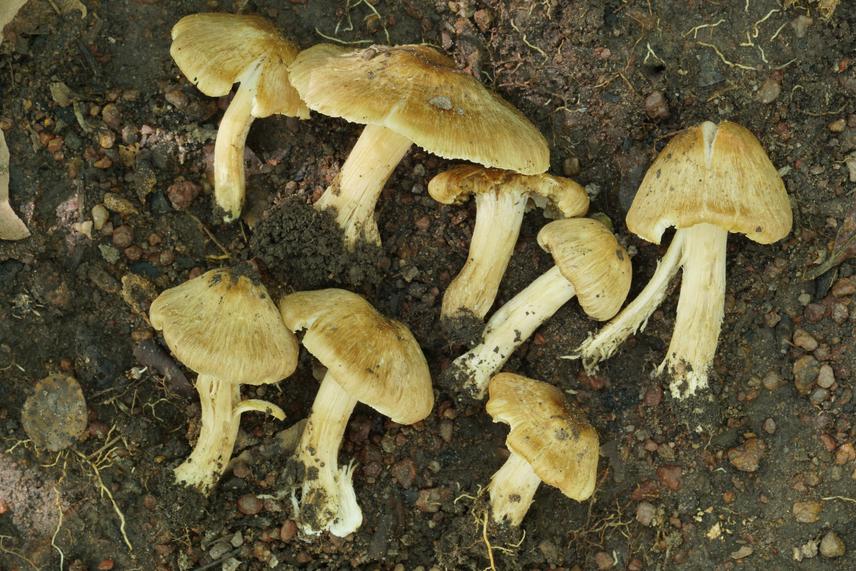Hyppolite Lougbégnon Aignon
Other projects
24 Jul 2018
Investigating the Spatial Distribution of Fungal Diversity: A Step toward the Global Conservation Action of Fungi in Benin (West Africa)
25 Feb 2020
Conservation of Ectomycorrhizal Fungal and their Habitat: Challenges for Sustainable Management of Biodiversity in Benin (West Africa)
21 Aug 2024
Sustainable Management and Conservation of Fungal Biodiversity in West Africa Using Co-creation
Tropical forests promote the regulation of the greenhouse effect, the maintenance of major climatic balances, the satisfaction in the food and medicinal needs of local populations as well as the conservation of the planet's biodiversity (FAO 2019). These forests are also rich in biodiversity and present a wide fungal diversity but remain poorly explored and still contain many new fungal species (Crous et al. 2006, Aïgnon et al. 2021) while efforts to assess biodiversity in tropical Africa are weak and enough fungal species are threatened.

Inocybe sp.
In Benin, fungal diversity is estimated over 18,000 species distributed in ecosystems including the waterfalls of Kota and Koussoucoingou, which shelter macrofungi never encountered in other vegetations in Benin (Yorou and De Kesel 2011). Unfortunately, these forests are subjected to massive destruction activities such as pollution, selective logging of host trees, agriculture and charcoal production. Despite this alarming situation, there is no law implemented to protect species of fungi in Benin and forest conservation laws are applied lightly. This leads to the rarity of fungal species while fungi are less known and neglected in conservation actions. It is therefore essential to strengthen awareness-raising activities by legislatures, by involving the local population in order to save fungal species from extinction.
Thus, this project aims to:
1) Improve law enforcement to curb the destruction of fungal habitats in Benin;
2) Contribute to the delimitation of fungal habitats with high diversity through installation of wild fungal warning signs to safeguard the fungi in Benin;
3) Strengthen the knowledge of the local populations about conservation of fungal species through awareness campaigns and popularization of forest conservation law and
4) Convince the authorities to take into account the various threats to fungi and will be more open to their integration into development plans to promote mycodiversity conservation.